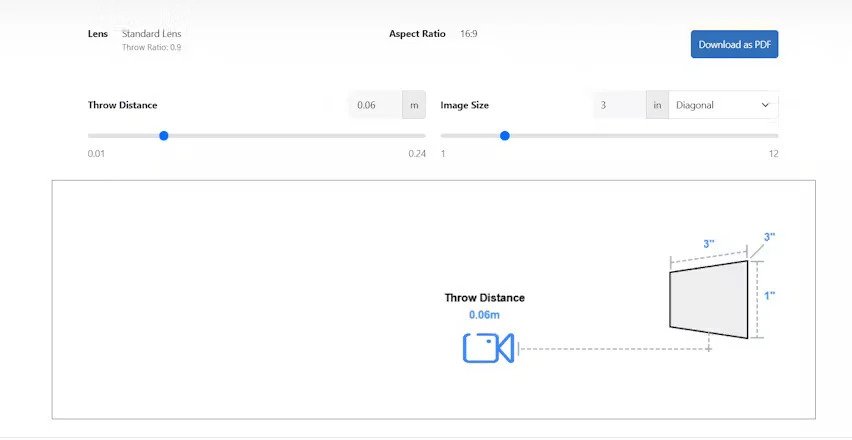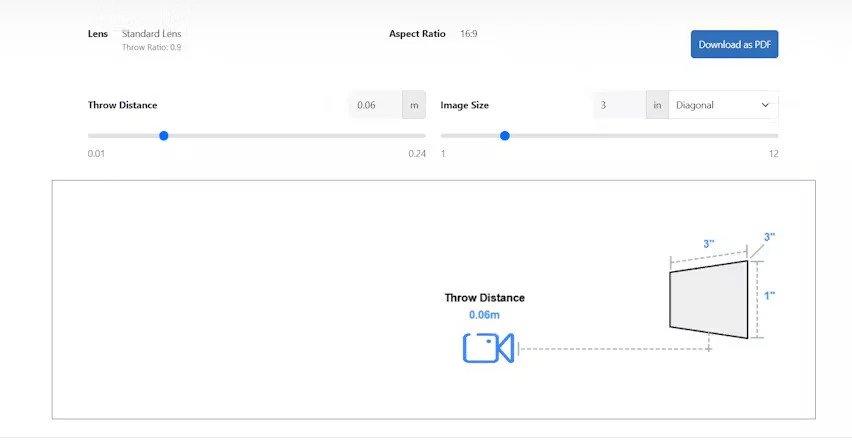Building an SEO-friendly website is an essential step for anyone looking to improve their online visibility and drive more organic traffic. Whether you’re launching a new site or optimizing an existing one, a website that is built with search engine optimization (SEO) in mind will help you rank higher on search engines like Google. If you’re a beginner, it might seem overwhelming, but with the right approach, you can create an SEO-friendly website that attracts visitors and helps your business grow.
In this guide, we will walk you through the key steps to building an SEO-friendly website, from choosing the right platform to implementing SEO services and best practices. Let’s dive into the essential elements that make a website SEO-friendly.
What is an SEO-Friendly Website?
An SEO-friendly website is one that is designed and optimized in a way that helps search engines understand and rank its content higher. It involves various technical and content-related aspects that influence how search engines crawl, index, and rank your site. An SEO-friendly website is structured to meet the requirements of search engines, making it easier for them to understand what your site is about and how relevant it is to users’ queries.
When your website is SEO-friendly, it becomes more likely to appear at the top of search engine results pages (SERPs), which increases your visibility and brings more organic traffic to your site.
Why is SEO Important for Your Website?
Search engine optimization is important because it helps you achieve higher rankings on search engines. The higher your site ranks, the more visibility it gets, and the more likely it is that users will click through to visit your website. SEO can drive organic (non-paid) traffic to your site, which is crucial for long-term online success.
Without a solid SEO strategy, your website may remain buried on the second or third page of search results, where most users rarely venture. By making your website SEO-friendly, you can enhance user experience, improve your content visibility, and increase your chances of reaching your target audience.
Build an SEO-Friendly Website Guide
Now that you understand the importance of SEO, let’s break down the essential steps you can take to build an SEO-friendly website from the ground up.
1. Choose the Right Website Platform
The first step in building an SEO-friendly website is choosing the right platform. Popular content management systems (CMS) like WordPress, Wix, and Squarespace offer built-in tools and features to help you optimize your website for SEO. Among these, WordPress is often the most recommended option because it offers a wide range of SEO plugins that can help you manage your SEO efforts effectively.
Choosing the right platform is crucial because it sets the foundation for how easy it will be to implement SEO best practices. Make sure the platform you choose is responsive, user-friendly, and allows for customization.
2. Select a Clean and Organized Website Structure
A clean and organized website structure is crucial for SEO. Search engines like Google prefer websites that are easy to navigate and understand. Here are some key aspects to consider when building your website structure:
- Clear Navigation: Ensure that your website has a simple and intuitive navigation menu. This will help both users and search engines find and access your pages more easily.
- Logical URL Structure: Your URLs should be descriptive and follow a logical hierarchy. For example, use URLs like www.yoursite.com/services or www.yoursite.com/blog/seo-tips rather than random numbers or letters.
- Internal Linking: Create internal links between your pages to help search engines crawl your site and understand the relationship between your content. This also encourages users to explore more pages on your site.
- Mobile-Friendliness: Google prioritizes mobile-friendly websites in its rankings, so make sure your site is responsive and works well on mobile devices.
By setting up a clean and well-organized structure, you’ll make it easier for both search engines and visitors to navigate your website.
3. Perform Keyword Research
Keyword research is a foundational element of SEO. It involves identifying the terms and phrases your target audience is likely to search for when looking for products or services similar to what you offer. By optimizing your website content around these keywords, you increase the chances of ranking higher on search engine results pages.
Here’s how to perform keyword research:
- Use Tools: Tools like Google Keyword Planner, Ahrefs, and SEMrush can help you identify relevant keywords with good search volume and low competition.
- Focus on Intent: Think about the search intent behind each keyword. Are users looking for information, services, or products? Make sure the keywords you target align with your content.
- Long-Tail Keywords: Include long-tail keywords (more specific phrases) to attract more targeted traffic. For example, instead of just targeting “SEO,” you could target “SEO services for small businesses.”
Once you’ve identified the right keywords, incorporate them strategically into your website’s content, including headings, body text, meta descriptions, and image alt text.
4. Optimize On-Page Elements
On-page SEO refers to the practice of optimizing individual web pages to rank higher and earn more relevant traffic. Here are some key on-page elements to focus on:
- Title Tags: The title tag is one of the most important on-page SEO elements. Make sure it accurately describes the content of the page and includes your target keyword.
- Meta Descriptions: Write clear, compelling meta descriptions that summarize the content of the page. While meta descriptions don’t directly affect rankings, they can impact click-through rates.
- Headings: Use proper heading tags (H1, H2, H3, etc.) to structure your content. The H1 tag should contain your main keyword and describe the topic of the page.
- Image Optimization: Use descriptive file names for your images and include alt text that describes what’s in the image. This helps with accessibility and image search optimization.
- Content Quality: Content is king in SEO. Create high-quality, informative, and engaging content that provides value to your audience. Regularly update your content to keep it fresh and relevant.
5. Speed Up Your Website
Website speed is an important factor for both user experience and SEO. If your website takes too long to load, visitors may leave before the page even loads, and search engines may rank your site lower. To improve your website’s speed:
- Optimize Images: Compress images without compromising quality.
- Minimize HTTP Requests: Reduce the number of elements on a page that require requests from the server.
- Use Caching: Implement browser caching so users can load pages faster on subsequent visits.
- Choose a Good Hosting Provider: The speed of your hosting service directly impacts website speed, so choose a reliable and fast hosting provider.
Google’s PageSpeed Insights tool can help you analyze and improve your website’s speed.
6. Implement SEO Services for Technical Optimization
In addition to on-page SEO, technical SEO is also essential for building an SEO-friendly website. Technical SEO involves optimizing the backend elements of your website to ensure it’s properly indexed by search engines. Here are a few key aspects to focus on:
- XML Sitemap: An XML sitemap helps search engines crawl and index your site more effectively. Ensure that your sitemap is up-to-date and submitted to Google Search Console.
- Schema Markup: Add structured data (schema markup) to your pages to help search engines understand your content better and display rich snippets in search results.
- Robots.txt: Use a robots.txt file to instruct search engine crawlers which pages to crawl and which to avoid.
- Fix Broken Links: Broken links can negatively impact your SEO. Regularly check for and fix any broken links on your website.
SEO services from experts can help you with technical optimization and ensure that your website meets all the necessary requirements to rank well on search engines.
7. Build Backlinks
Backlinks (links from other websites to your site) are an important ranking factor for search engines. The more high-quality backlinks you have, the more authority and credibility your website gains. To build backlinks:
- Guest Blogging: Write guest posts for other websites in your industry and include a link back to your site.
- Reach Out for Mentions: Contact other websites or blogs and ask them to mention your site or link to your content.
- Create Shareable Content: Create valuable and shareable content that naturally attracts backlinks.
By building a strong backlink profile, you’ll improve your website’s authority and enhance its chances of ranking higher.
8. Regularly Monitor and Update Your Site
SEO is an ongoing process. Once your website is optimized, it’s important to continuously monitor its performance and make adjustments as needed. You can use tools like Google Analytics and Google Search Console to track your website’s performance and identify areas for improvement.
Regularly updating your content, adding new pages, and staying on top of SEO trends will ensure that your website remains SEO-friendly over time.
How SEO Packages Can Help You
If you’re feeling overwhelmed by the process or don’t have the time to manage SEO yourself, you can always opt for SEO packages. SEO packages typically offer a range of services that cover everything from on-page optimization to backlink building and technical SEO. Choosing an SEO package allows you to delegate the task to professionals who can ensure your website is optimized effectively and efficiently.
Conclusion
Building an SEO-friendly website requires technical knowledge, content strategy, and ongoing effort. Following the steps outlined in this guide, you can create a website optimized for search engines and designed to attract more organic traffic. Whether you’re handling SEO on your own or using SEO services to help, an SEO-friendly website will ultimately help you achieve better visibility, higher rankings, and more success online.














Leave a Reply